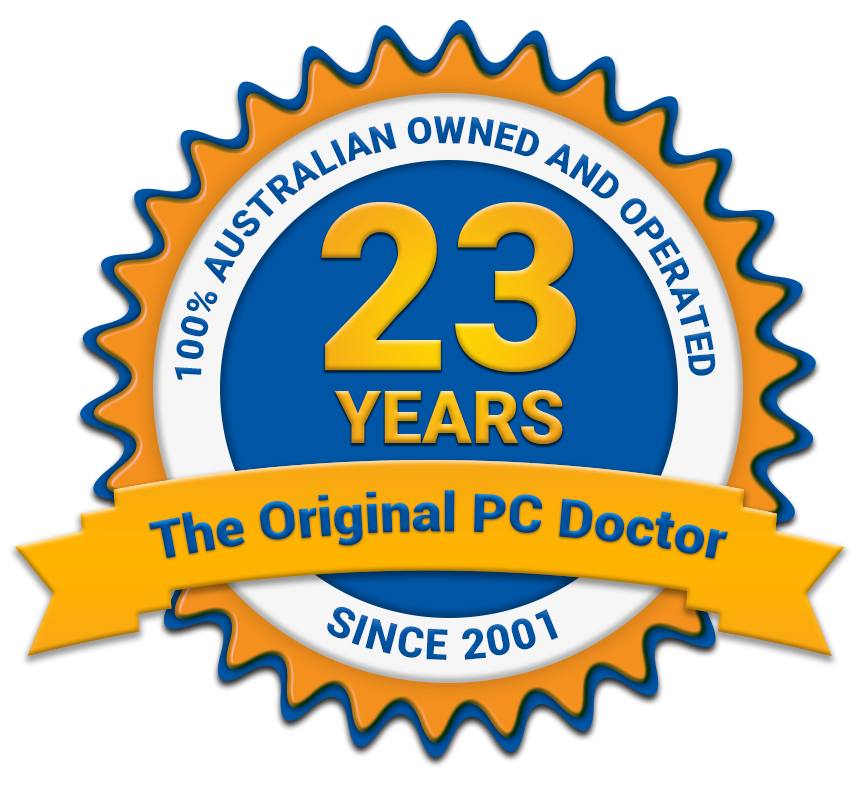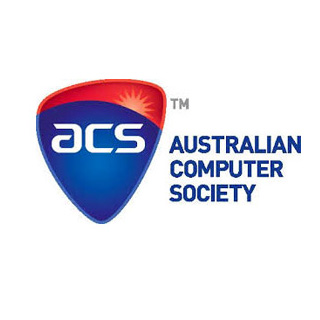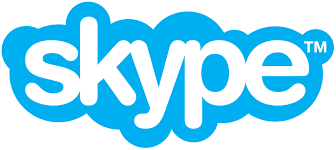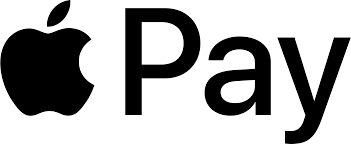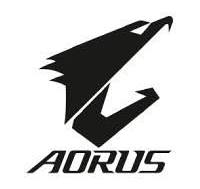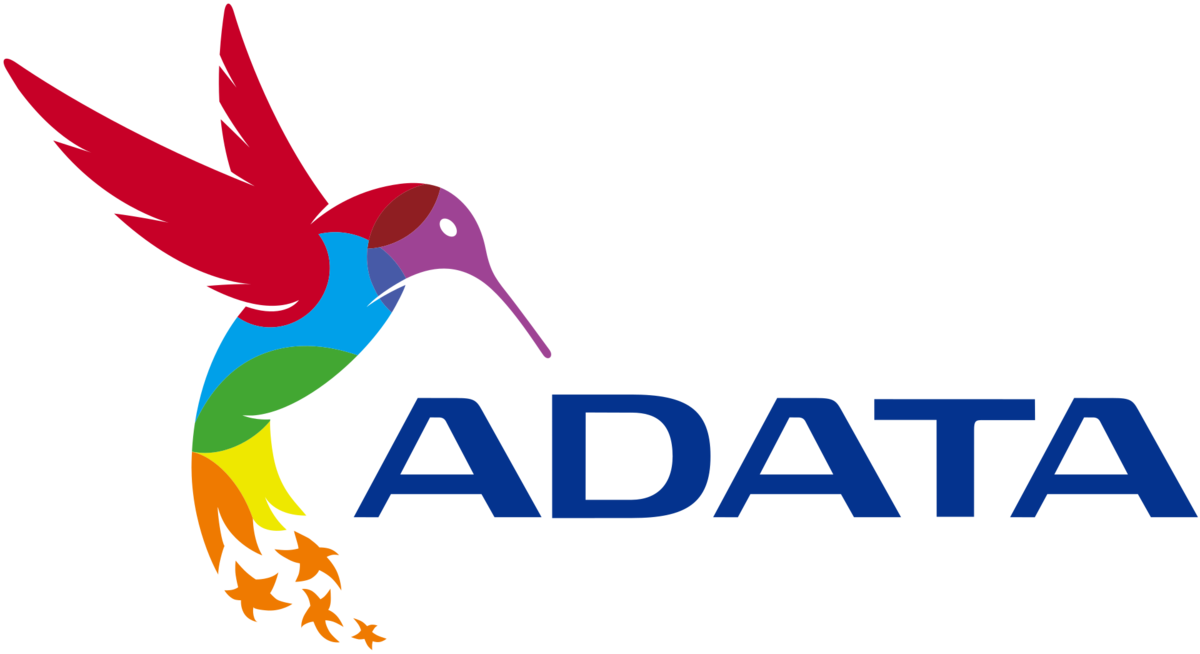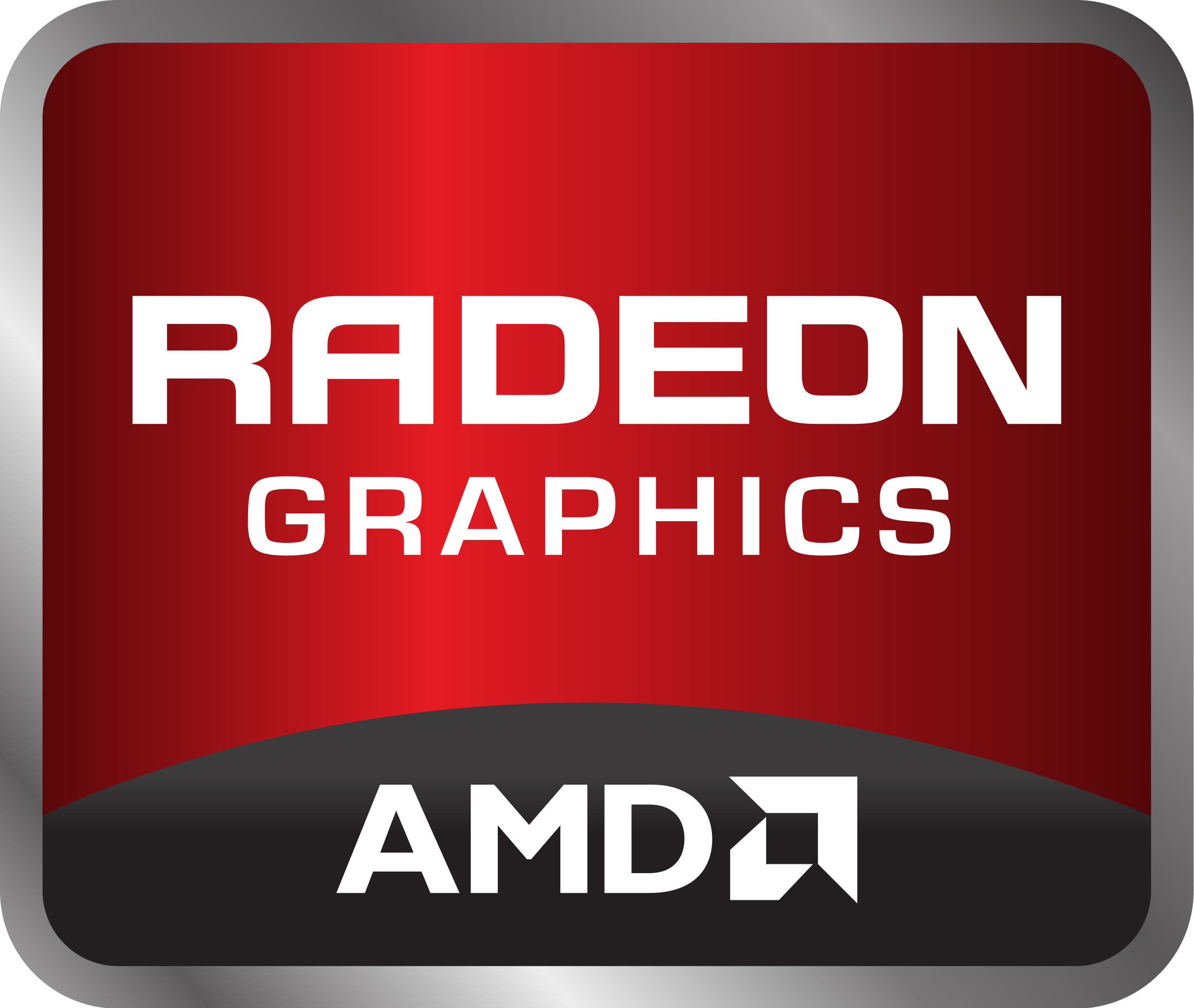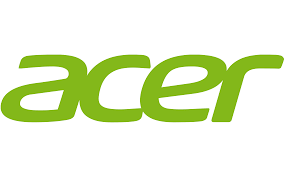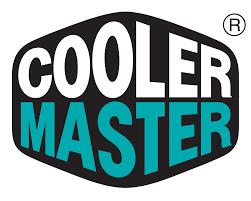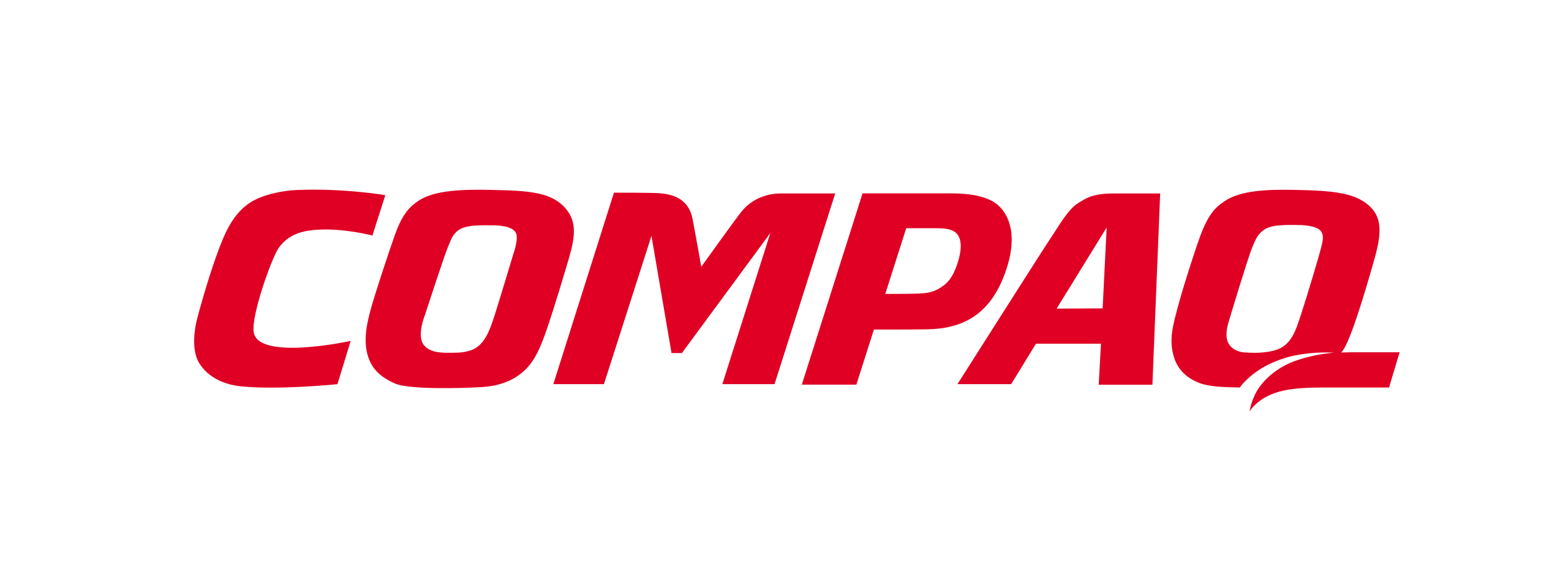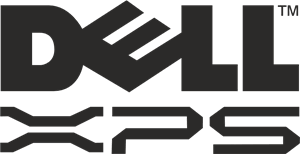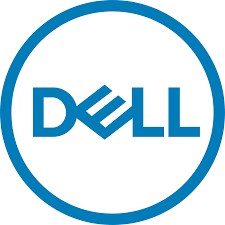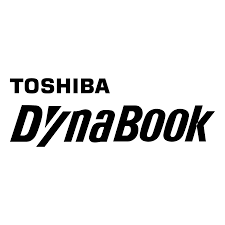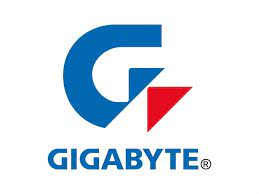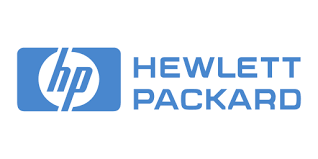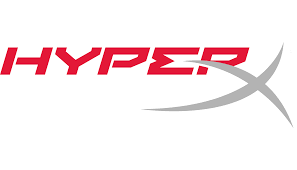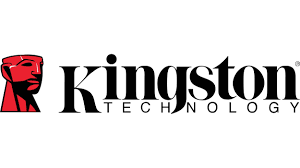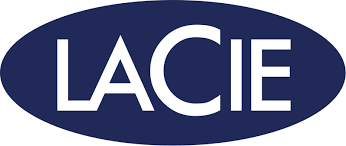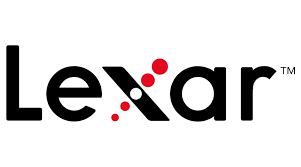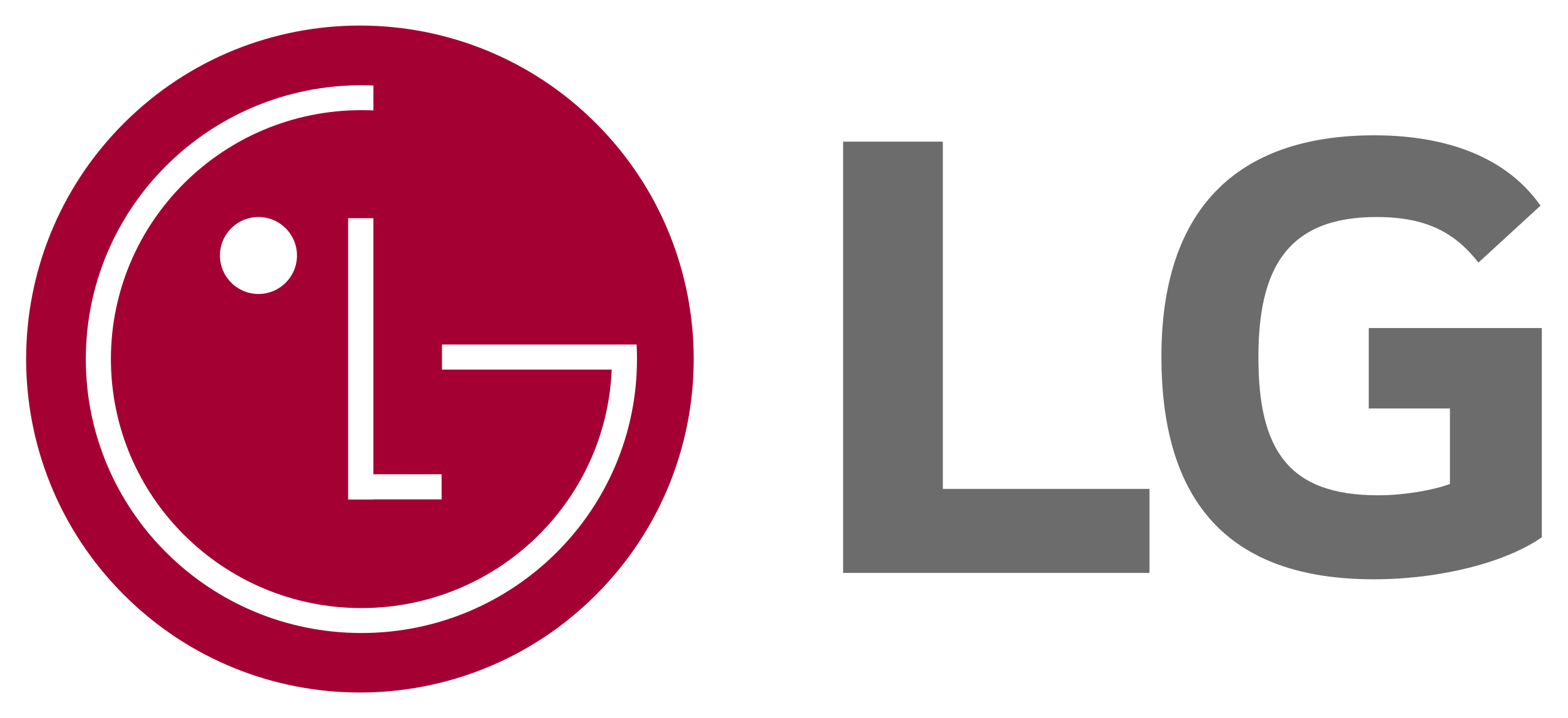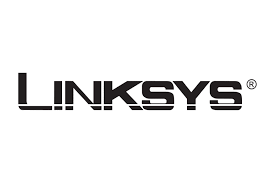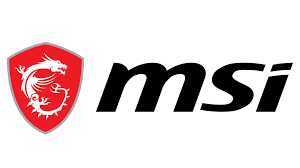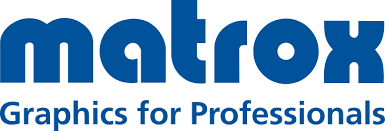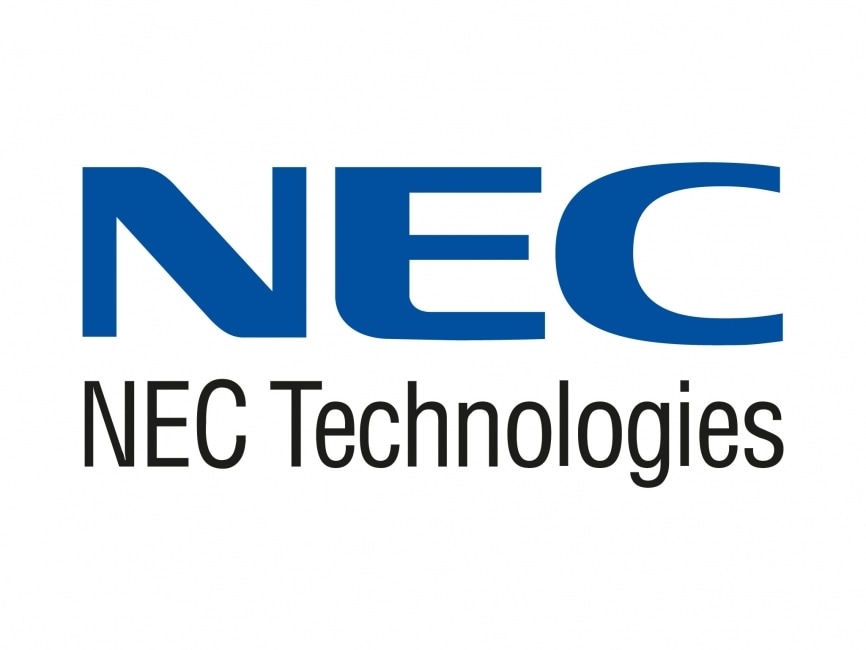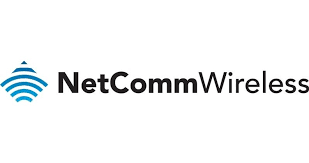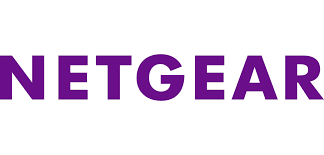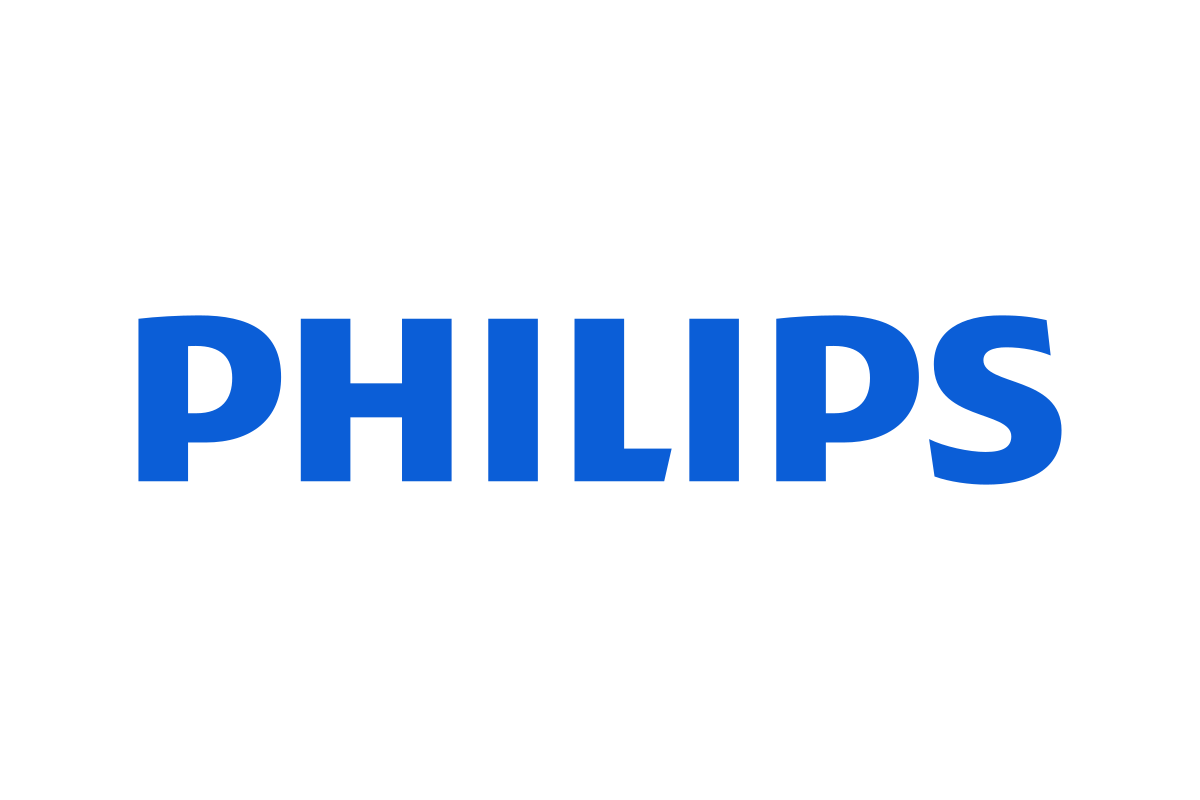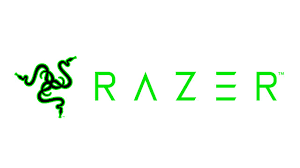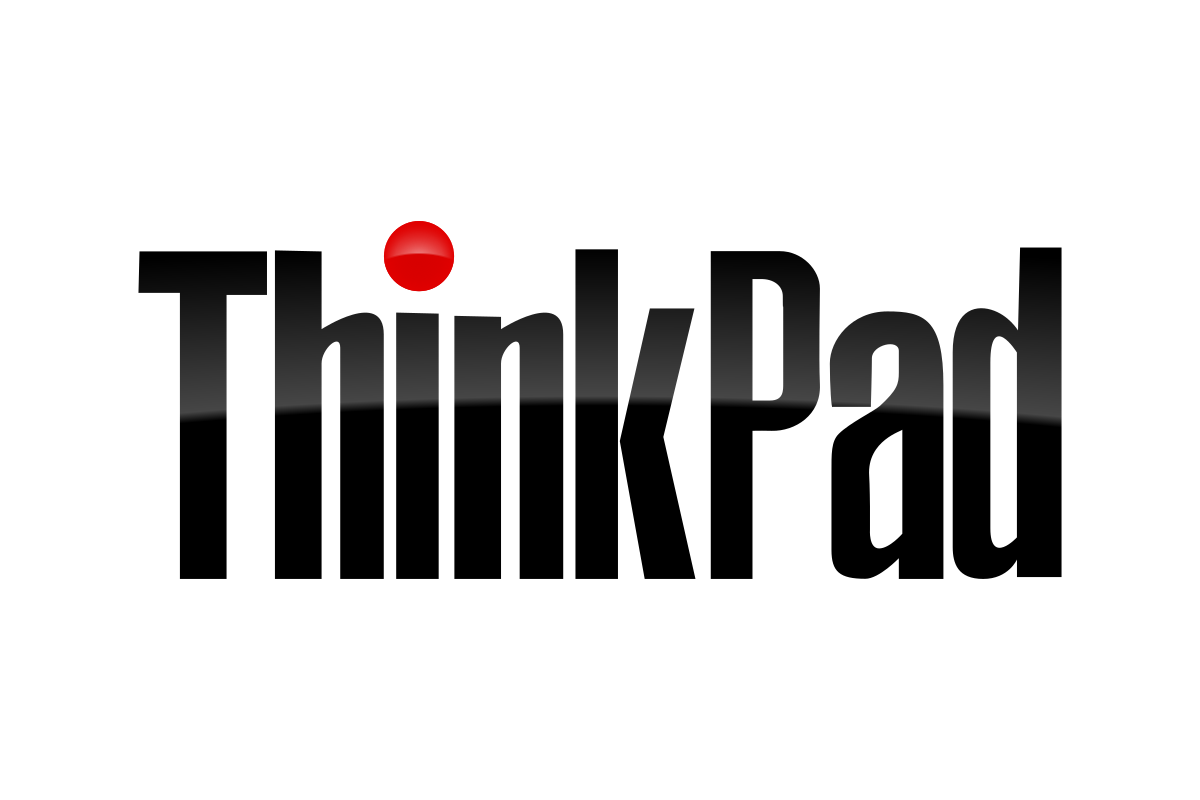Title: The Evolution of Small Business IT Support in Australia: Navigating the Cloud and Mobile Revolution
Introduction
Small businesses in Australia have faced a remarkable journey in terms of IT support. In this blog, we will explore the history of small business IT support in Australia with a focus on the significant developments in Cloud and Mobile Computing. To help you stay ahead in this tech-driven era, we will also introduce you to “The Original PC Doctor,” a trusted partner offering expert IT support. Contact them at 1300 723 628 to discuss your small business needs and explore how they can assist you in this evolving landscape.
Cloud and Mobile Computing Revolution
1. Early IT Support (1980s-1990s)
In the 1980s and 1990s, small businesses in Australia started incorporating personal computers into their operations. During this time, IT support was often a DIY affair, with employees or local technicians troubleshooting hardware and software issues.
2. Rise of IT Service Providers (1990s-2000s)
As technology advanced, small businesses began to rely on specialized IT service providers. These professionals offered a range of services, from network setup to software maintenance. However, the rise of the internet started to change the game.
3. The Internet Age (Late 1990s-Present)
With the internet’s advent, Australian small businesses quickly recognized the importance of online presence. IT support expanded to include web development, online security, and internet connectivity solutions, as businesses sought to leverage the power of the World Wide Web.
4. Managed IT Services (2000s-Present)
The 2000s marked the rise of managed IT service providers, offering small businesses comprehensive support solutions. These services included 24/7 monitoring, cloud computing, and data backup, ensuring the security and continuity of business operations.
5. Cloud and Mobile Computing (2010s-Present)
The current decade has seen a significant shift towards cloud and mobile computing. Small businesses have embraced the flexibility and efficiency that these technologies offer. They can access data and applications from anywhere, allowing for remote work and enhanced productivity.
Why Cloud and Mobile Computing Matter
Cloud Computing:
– Cost Efficiency: Cloud solutions eliminate the need for physical hardware and reduce maintenance costs.
– Scalability: Small businesses can easily scale their IT resources up or down as needed.
– Accessibility: Data and applications are accessible from any device with an internet connection.
– Disaster Recovery: Cloud providers offer robust data backup and recovery options.
Mobile Computing:
– Flexibility: Employees can work remotely, improving work-life balance and productivity.
– Collaboration: Mobile apps and tools enable real-time collaboration and communication.
– Accessibility: Business-critical information is at your fingertips on mobile devices.
– Competitive Edge: Embracing mobile technology allows small businesses to compete with larger counterparts.
Contact “The Original PC Doctor”
For small business owners looking to navigate the Cloud and Mobile Computing landscape with confidence, “The Original PC Doctor” is a trusted partner. With over two decades of experience, they understand the evolving IT needs of small businesses in Australia.
Contact “The Original PC Doctor” at 1300 723 628 to discuss your specific business requirements. Their team of experts is committed to providing tailored solutions to help you harness the power of Cloud and Mobile Computing, ensuring your small business remains competitive in this dynamic and ever-changing technology-driven world.
In conclusion, small business IT support in Australia has continually adapted to the changing technology landscape. By embracing Cloud and Mobile Computing and partnering with reliable IT service providers like “The Original PC Doctor,” small business owners can position themselves for success in the digital age. Don’t hesitate to reach out to them to discuss your small business needs and explore how they can help you achieve your goals.





